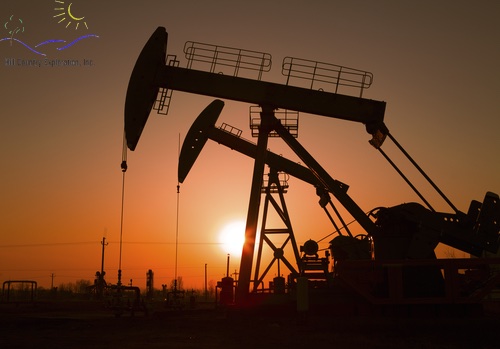When the layperson considers oil wells, they likely envision one kind of oil and gas well completion with a large derrick, either in the middle of a field or out in the ocean. However, when it comes to actual gas and oil well completion, there are actually several types of wells that can be used to maximize the production rates. Understanding the different types can be a valuable tool when choosing to invest in this industry.
Step-Out Drilling and Infill Drilling
As oil and gas companies evaluate the likelihood of gas and oil well completion in an area, a drilling program is used. This program is separated into two programs: step-out drilling and infill drilling. During the step-out part of the program, drilling begins at a fixed starting point, which is extended through the mineralization zone to evaluate the presence of oil and the ability to remove it. The infill drilling confirms the presence of mineralization between the areas where the step-out drilling has taken place. This information will dictate the angle at which drilling must take place.
Wildcat Drilling
Sometimes an area is likely to hold reservoirs of oil and gas, but there is no concrete proof any is present. In these situations, oil and gas companies can use the wildcat drilling method to determine whether this is a lucrative area for oil and gas well completion. This exploratory type of drilling isn’t as widely used because technology has allowed for a large portion of the planet to be investigated for the presence of gas and oil, leaving few unexplored regions.
Proved Undeveloped Reserves
Conversely, when the presence of oil and gas has been appropriately identified through exploratory drilling, proved undeveloped reserves can be tapped to drill for the oil and gas present below the surface. In many cases, several methods of drilling may be used to give oil and gas wells the production levels they are capable of.
There is no single way to complete oil and gas drilling. Understanding the different methods can provide you with valuable insight into this valuable investment opportunity. While some of these methods are exploratory, others are used to improve the efficiency of proven production wells.
If you’re considering making an investment in oil and gas, contact us. We can help you invest in the right types of wells to make the most of your investments.





